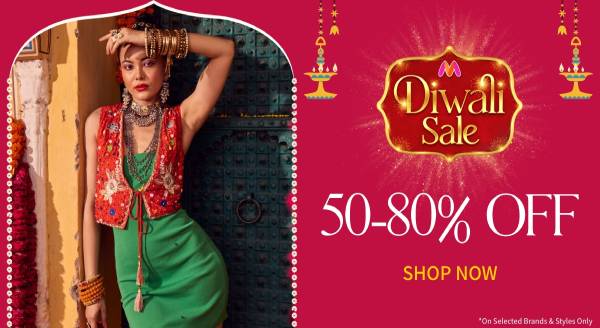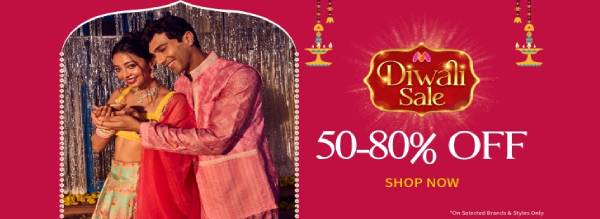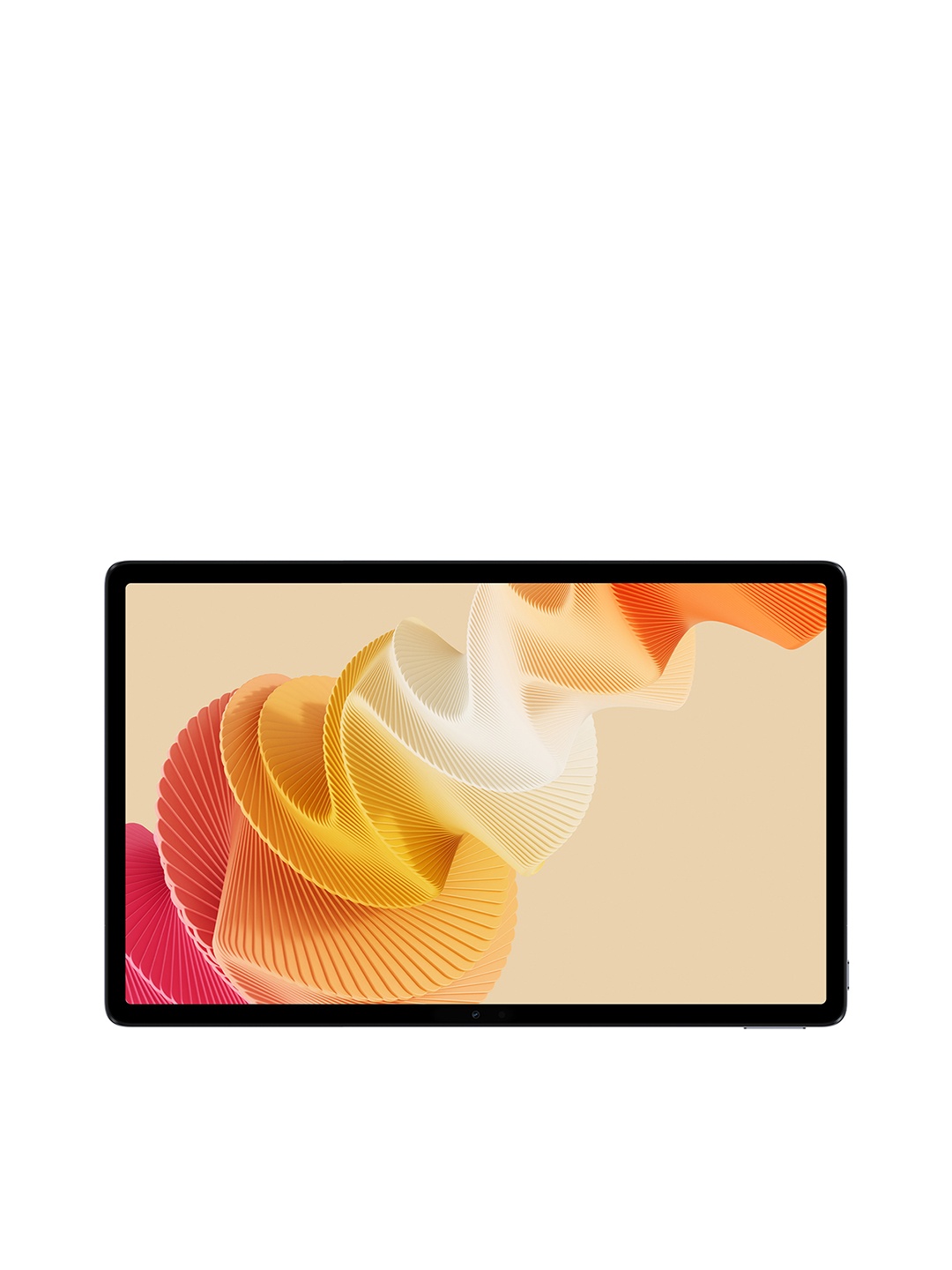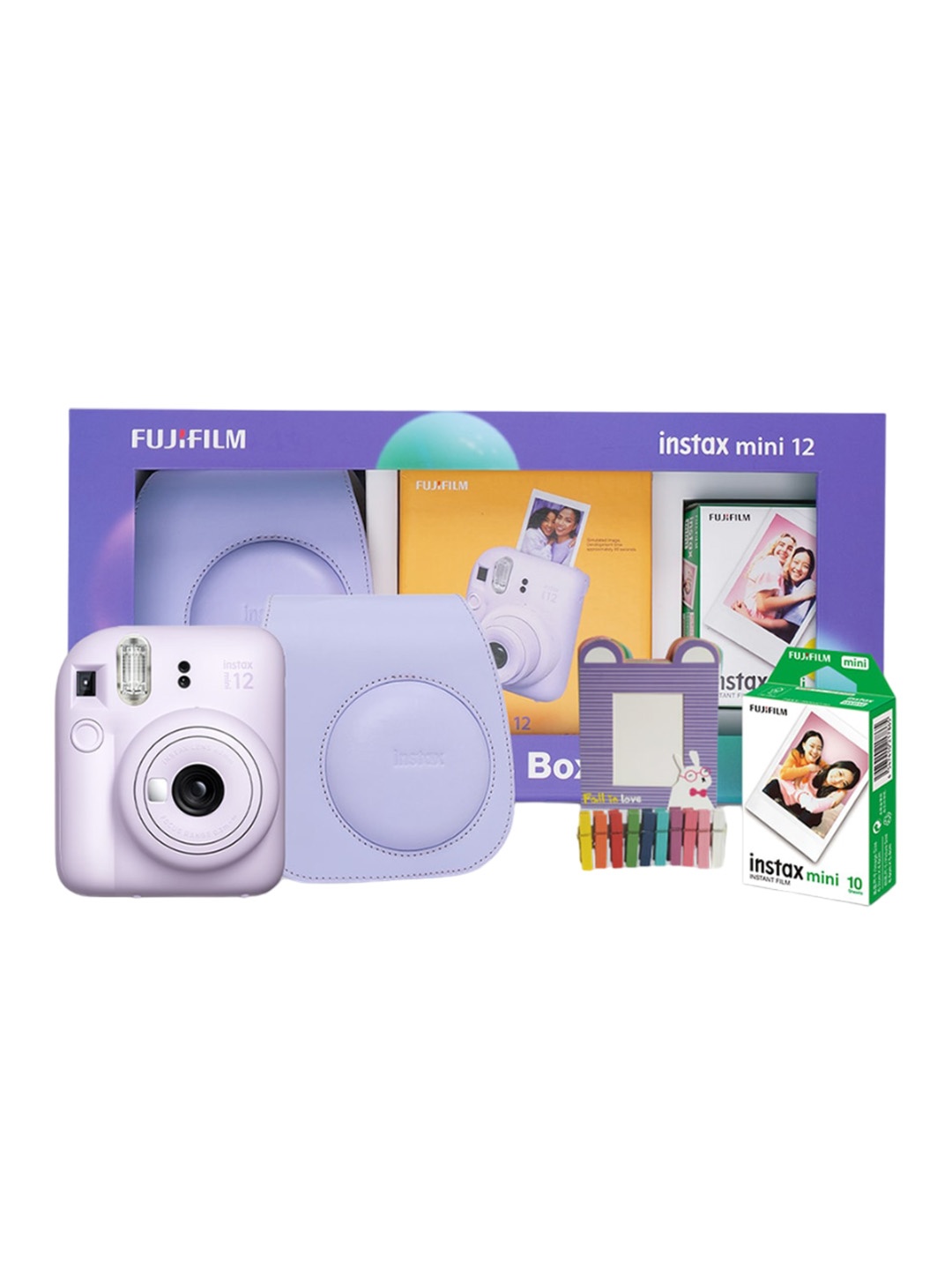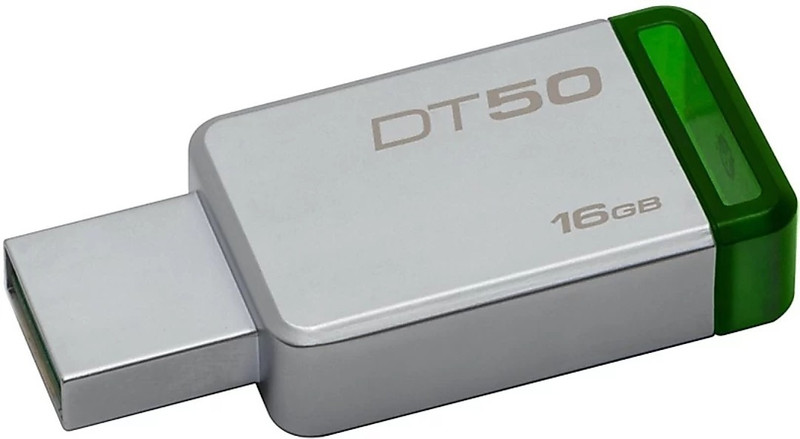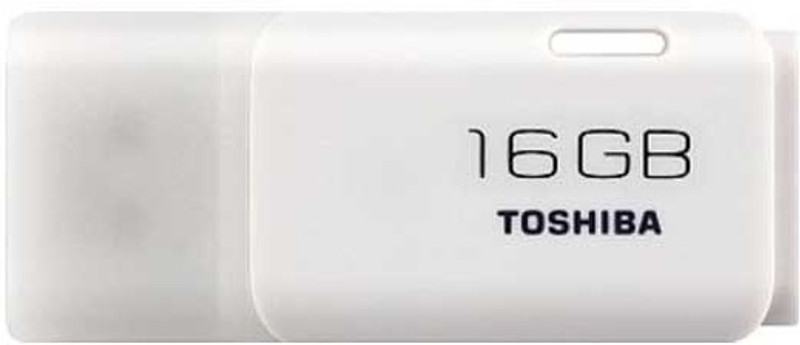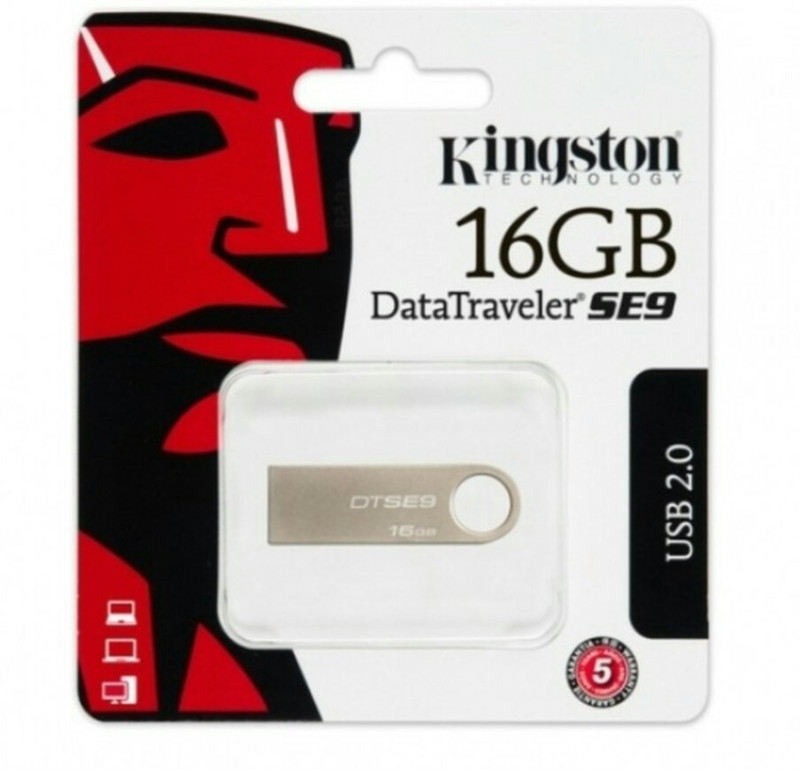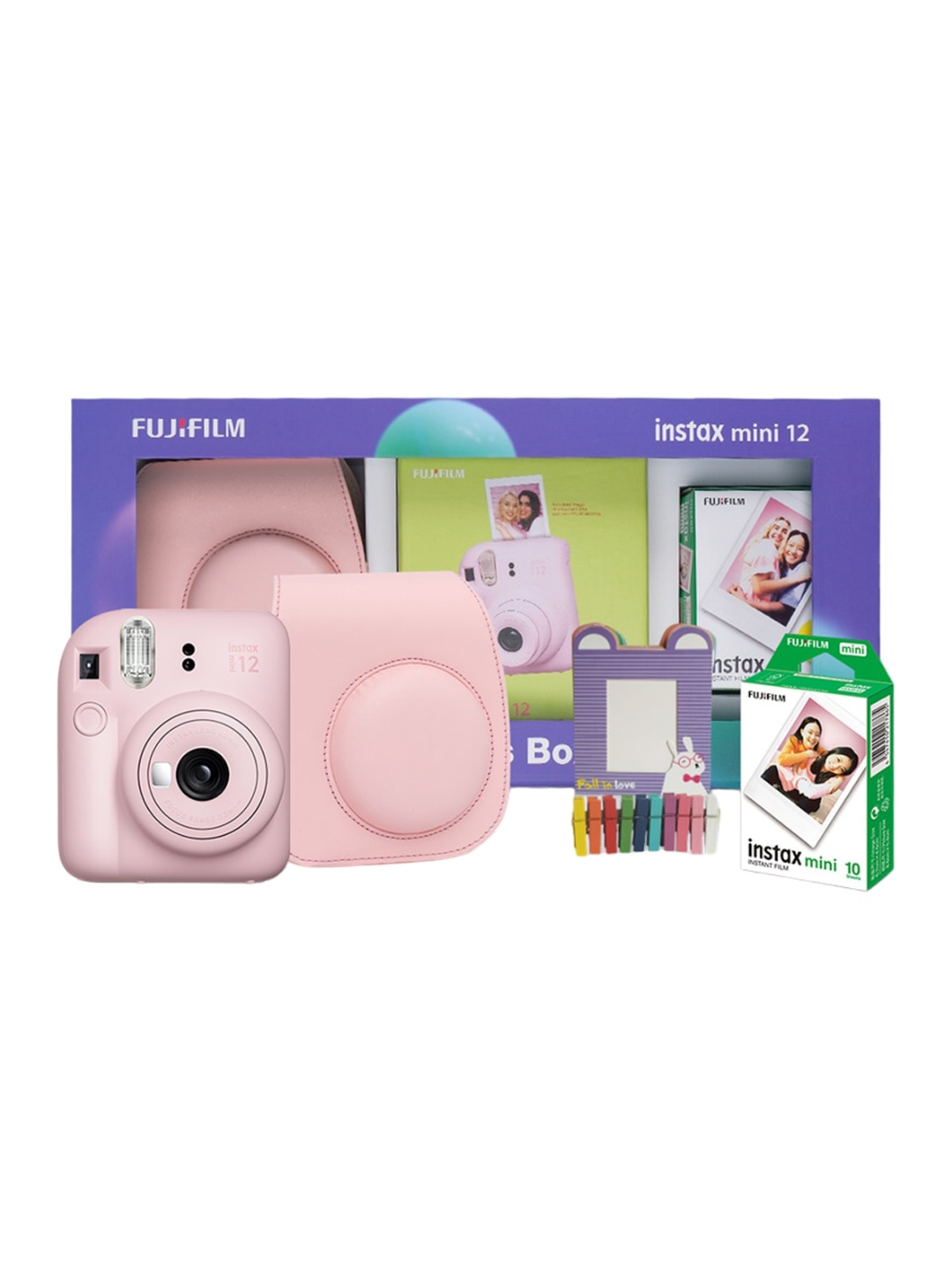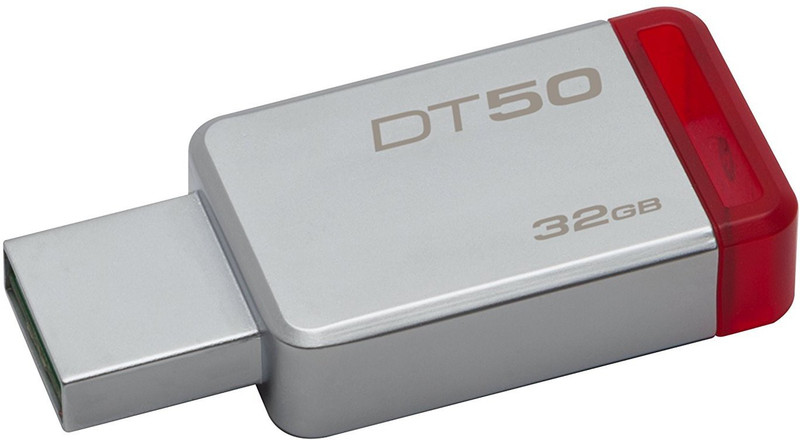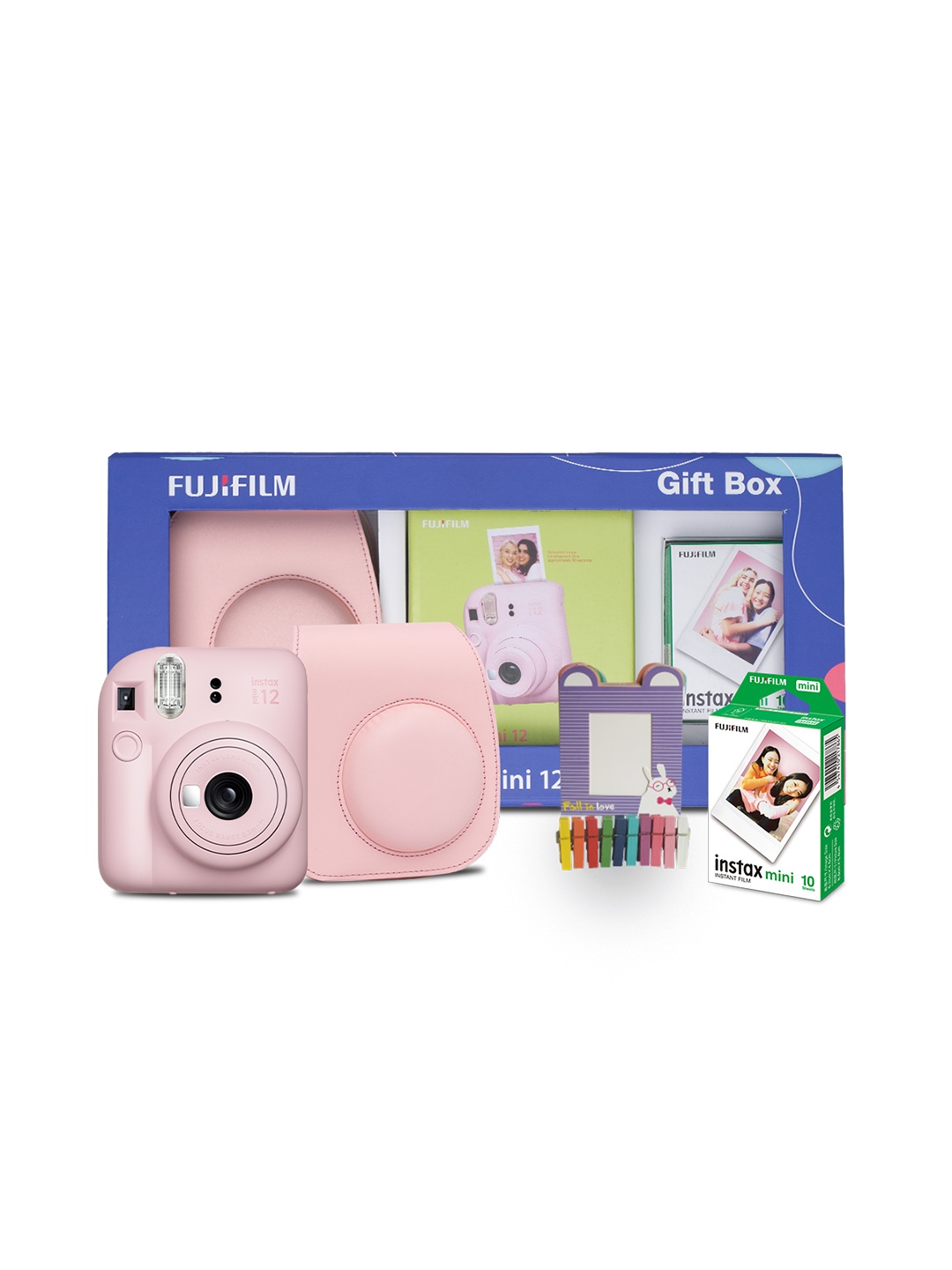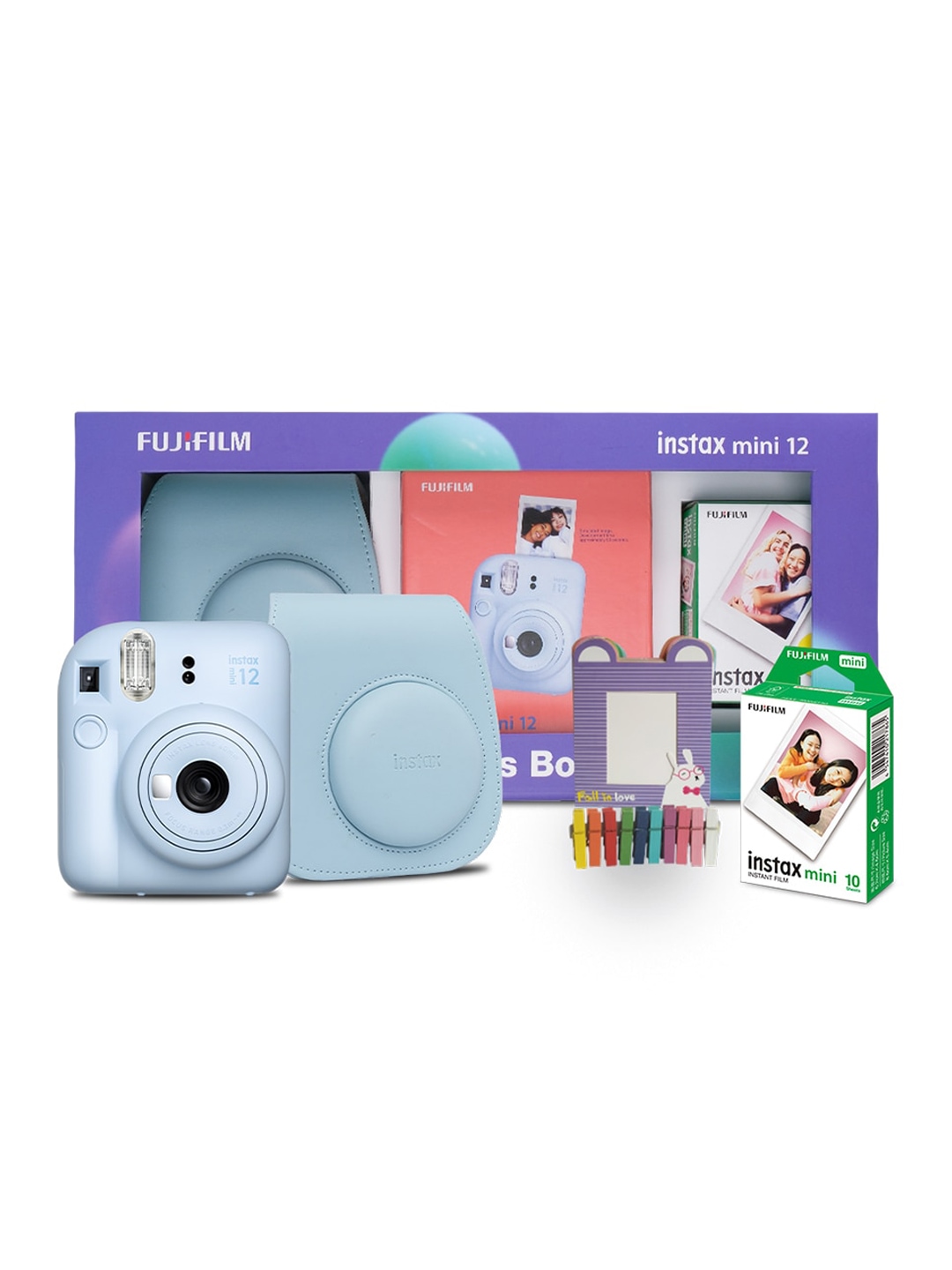Kurtas Or Kurtis: What Is The Difference And Which One Will You Best?

Kurtas and kurtis are often mistaken for being the same, but they are distinct in style, structure, and purpose. While both are rooted in traditional Indian fashion, they cater to different occasions and personal styles. The primary difference lies in their length, kurtas are longer and more formal, whereas kurtis are shorter and better suited for casual or semi-formal wear. Choosing between a kurta and a kurti depends on several factors, including body type, comfort, occasion, and personal preference. Whether you're dressing for a wedding or a regular workday, knowing their differences can help you make the right fashion choice. In this article, we'll break down what truly sets them apart and guide you in selecting the one that suits you best.
1. Length: The Core Distinction
The most notable difference between a kurta and a kurti is their length. Kurtas are traditionally longer, usually reaching below the knee or all the way to the calves, and are typically worn as more formal attire. The added length creates an elegant, flowing silhouette, making it ideal for special occasions like weddings, religious ceremonies, or cultural events.
In contrast, kurtis are shorter, usually ending at the waist or just above the knee. This shorter cut gives kurtis a more casual and practical feel, making them perfect for everyday wear, office outfits, or relaxed outings. The short length of a kurti offers greater freedom of movement and pairs effortlessly with pants or jeans.
Which One Suits You?
If you're attending a wedding, a traditional event, or a formal gathering, a kurta is your go-to choice for its sophisticated vibe. If comfort and casual chic are more your style, then a kurti is your best pick for daily wear or informal settings.
2. Styling: Where The Two Diverge
While both kurtas and kurtis can be styled in numerous ways, the approach differs due to their length and formality. Kurtas, due to their longer length, lend themselves to more intricate styling. They are typically paired with traditional bottom wear like churidars, salwars, or palazzos to complete the ensemble. Additionally, kurtas often come adorned with elaborate embroidery, prints, or embellishments, making them perfect for festive occasions.
Kurtis, on the other hand, allows for a more flexible, modern approach to styling. Their shorter length makes them ideal for pairing with trousers, leggings, or jeans, allowing for an easy Indo-western look. You can layer kurtis with jackets or accessories like chunky jewellery for a stylish, contemporary finish.
Which One Suits You?
If you like the idea of traditional grandeur or need a more formal look, opt for a kurta. If you're more into blending ethnic and modern styles, and want something that's more versatile for daily or semi-formal wear, a kurti is perfect for you.
3. Fabric: Different Weaves For Different Needs
Both kurtas and kurtis come in a variety of fabrics, but the choice of material typically depends on the formality and occasion. Kurtas, with their longer cut and more formal appeal, are usually made from heavier fabrics like silk, brocade, or cotton blends, making them perfect for weddings and special events. These fabrics add structure and sophistication to the outfit.
Kurtis, due to their more casual nature, are often made from lighter fabrics such as cotton, rayon, georgette, and crepe, offering comfort and breathability. They're also available in trendy fabrics like denim, which further enhances their casual appeal.
Which One Suits You?
If you're heading to an upscale event, silk or brocade kurtas will ensure you stand out. For everyday comfort, casual outings, or office wear, cotton or rayon kurtis will keep you cool and stylish.
4. Occasion: When to Wear Which
Kurtas and kurtis serve different purposes based on the occasion. Kurtas, with their longer length and often elaborate designs, are the ideal choice for festive occasions, religious ceremonies, and family gatherings. They're typically worn for celebrations such as Diwali, weddings, or Eid, where the style is expected to be elegant and traditional.
Kurtis, being shorter and more comfortable, are great for casual occasions. Whether it's a day at the office, a shopping trip, or a casual dinner with friends, kurtis strike the right balance between ethnic wear and everyday convenience. Of course, some designer kurtis with embellishments can be worn for semi-formal gatherings as well.
Which One Suits You?
For weddings, festivals, and cultural events, kurtas bring out the tradition and grandeur you're looking for. For a busy workday or a relaxed brunch, kurtis are the practical yet stylish choice.
Also Read: Buy Stylish Ethnic Tops For Women Under ₹1,000 On Myntra
5. Comfort: What Feels Right?
Comfort is often one of the biggest deciding factors when it comes to choosing between kurtas and kurtis. Kurtas, especially those made from heavier fabrics or intricate designs, can sometimes feel more formal and structured, which may limit movement and comfort. They may be better suited for occasions where looking polished and refined is more important than absolute comfort.
Kurtis, with their shorter length and lighter fabrics, are designed for ease. They offer more breathability and freedom of movement, making them an excellent choice for casual, everyday wear. Whether you're running errands, commuting, or sitting through long office meetings, kurtis will keep you comfortable all day long.
Which One Suits You?
If you're dressing for a formal event where appearance takes precedence, a kurta may be more appropriate. However, for daily comfort or workwear, a kurti provides the right balance of style and ease.
6. Body Type: What Flatters Your Shape?
When choosing between kurtas and kurtis, it's important to consider how each style complements your body type. Kurtas, with their longer and flowy design, can be flattering on most body shapes, creating a slimming and elongated effect. The flowing silhouette can add an elegant touch while balancing out fuller figures.
Kurtis, due to their shorter length, can highlight the waist and hips. They suit a variety of body types, but those with an hourglass or petite figure may find that kurtis add a bit of youthful charm, while also providing more flexibility in terms of fit. The structure of a kurti allows for more emphasis on accessories and styling, which can create a personalised look that suits your individual shape.
Which One Suits You?
Kurtas are flattering on taller or curvier figures, as they create a balanced, sophisticated look. If you have a petite frame or prefer a more casual style, a kurti will bring out your best features while maintaining a stylish silhouette.
7. Pairing with Bottoms: Finding the Perfect Match
The bottom wear you choose plays a major role in completing your look. Kurtas, being longer, often pair best with more traditional bottom wear such as churidars, salwars, or even palazzos. These bottoms complement the length of the kurta, creating a balanced and cohesive appearance. For a modern twist, they can also be paired with straight-cut trousers or leggings for a contemporary edge.
Kurtis, due to their shorter length, pair well with slim-fitting pants like leggings or jeggings, jeans, or even skirts. These bottoms keep the look casual and comfortable, and provide ample opportunities to play with different combinations. They offer a great deal of flexibility, whether you're aiming for a traditional, modern, or fusion look.
Which One Suits You?
If you're dressing for a formal or traditional event, pair your kurta with a churidar or salwar for a classic look. If you're aiming for everyday chic, go for a kurti paired with leggings or jeans for an effortless style.
8. The Final Verdict: Which One Should You Choose?
Both kurtas and kurtis have a distinct place in fashion, offering versatile options for various occasions, body types, and personal styles. If you're looking for something elegant and traditional, perfect for weddings, festivals, or formal gatherings, a kurta is a timeless option that exudes grace.
Product Recommendations For Article
1. Twirl Tales Floral Printed Pure Cotton Kurti
2. Rimeline Ethnic Motifs Printed Pure Cotton Straight Kurta
3. Rain & Rainbow Abstract Print A-Line Cotton Kurti
4. Libas Ethnic Motifs Embroidered Flared Sleeves Gotta Patti Kurta
5. LARGISH Floral Printed Round Neck Three-Quarter Sleeves Regular Pure Cotton A-Line Kurta
6. QAZMI Kashmiri Floral Aari Embroidered Kurti
7. GLOWWORLD Tie And Dye Band Collar Straight Kurta
8. Libas Women Blue And Pink Floral Motifs Printed Kurta
9. Anouk Fuchsia Bandhani Printed Band Collar Mirror Work Empire Anarkali Kurti
10. Anouk Floral Embroidered Keyhole Neck Thread Work Short Kurti
Kurtas and kurtis both hold their own in the world of ethnic fashion, but their differences make each of them unique. If you're aiming for a traditional, elegant look suited for formal events, a kurta is your best bet. If you prefer something more versatile, comfortable, and easy to style for everyday wear, a kurti is the perfect choice. Ultimately, the decision comes down to your personal style and the occasion. A well-fitted kurta can exude grace and sophistication, while a stylish kurti offers a modern yet ethnic appeal. With the right styling and accessories, both can enhance your wardrobe and reflect your personality effortlessly. So, why choose just one? Keep both in your collection and enjoy the best of traditional and contemporary fashion.
Disclaimer: The images used in this article are for illustration purpose only. They may not be an exact representation of the products, categories and brands listed in this article.










